StudyForge Algebra 1 introduces students to the foundations of High School Algebra in an understandable, relatable and enjoyable way, with proven success.
Algebra 1 begins with a gentle review of essential pre-algebra concepts, like integers, fractions, and exponents, leaving students ready and confident to dive into the world of algebra. There, they will learn key algebraic topics involving equations, functions and graphing, and applying their knowledge to both theoretical and real-world problems. Throughout their journey, students will strengthen their understanding of algebraic relationships and gain the skills and confidence needed to succeed in their future math courses.
The course offers multiple learning techniques, incorporating auditory, visual, and hands-on elements. Interactive videos allow students to learn at their own pace, with engaging applets and graphs that reinforce concepts. Each video comes with student-friendly notes, and there are plenty of practice questions with detailed solutions. Since our quiz and test questions are pulled from randomized pools, students can also redo quizzes and tests to solidify their understanding.
Table of Contents
Lesson 1: Integers
Lesson 2: Fractions
Lesson 3: Algebraic Expressions
Lesson 4: Exponents
Lesson 5: Square Roots
Lesson 6: Graphing
Lesson 1: Solving Linear Equations Part I
Lesson 2: Solving Linear Equations Part II
Lesson 3: Solving Linear Equations Part III
Lesson 4: Applications of Linear Equations
Lesson 5: Solving Linear Inequalities Part I
Lesson 6: Solving Linear Inequalities Part II
Lesson 7: (Enrichment) Compound Linear Inequalities
Lesson 1: Slope and the Rate of Change
Lesson 2: Slope-Intercept Form of a Line
Lesson 3: Point-Slope Form and General Form of a Line
Lesson 4: Parallel and Perpendicular Lines
Lesson 5: Modeling with Linear Equations
Lesson 6: Solving Linear Equations by Graphing
Lesson 1: Solving Systems of Equations by Graphing
Lesson 2: Solving Systems of Equations by Substitution
Lesson 3: Solving Systems of Equations by Elimination
Lesson 4: Linear Inequalities
Lesson 5: Systems of Linear Inequalities
Lesson 1: What is a Polynomial?
Lesson 2: Adding and Subtracting Polynomials
Lesson 3: Multiplying Polynomials
Lesson 4: Factoring Essentials for Polynomials
Lesson 5: Factoring Basic Trinomials
Lesson 6: Advanced Factoring
Lesson 1: Introduction to Functions
Lesson 2: Function Notation and Applications
Lesson 3: Graphing Quadratic Functions
Lesson 4: Transforming Quadratics: Translations
Lesson 5: Transforming Quadratics: Reflection and Dilations
Lesson 6: Graphing Quadratic Functions and Completing the Square
Lesson 7: (Enrichment) Piecewise and Absolute Value Functions
Lesson 1: Introduction to Quadratic Equations
Lesson 2: Solving Quadratics by Graphing
Lesson 3: Solving Quadratics by Factoring
Lesson 4: Solving Quadratics by Completing the Square
Lesson 5: Solving Quadratics with the Quadratic Formula
Lesson 6: (Enrichment) Solving Equations with Complex Numbers Systems
Lesson 7: (Enrichment) Solving Linear and Quadratic Systems
Lesson 1: Graphing Exponential Functions
Lesson 2: Exponential Growth and Decay
Lesson 3: Comparing Functions
Lesson 4: Arithmetic Sequences
Lesson 5: Geometric Sequences
Lesson 6: Recursive Sequences
Lesson 7: (Enrichment) Rational Exponents
Lesson 1: Exploring Data
Lesson 2: More Ways to Represent Data
Lesson 3: Standard Deviation
Lesson 4: Two-Way Tables
Lesson 5: Modeling Data Using Regression
Lesson 6: Assessing the Fit of a Data Model
Lesson 7: (Enrichment) Probability
Experience a lesson as your students would
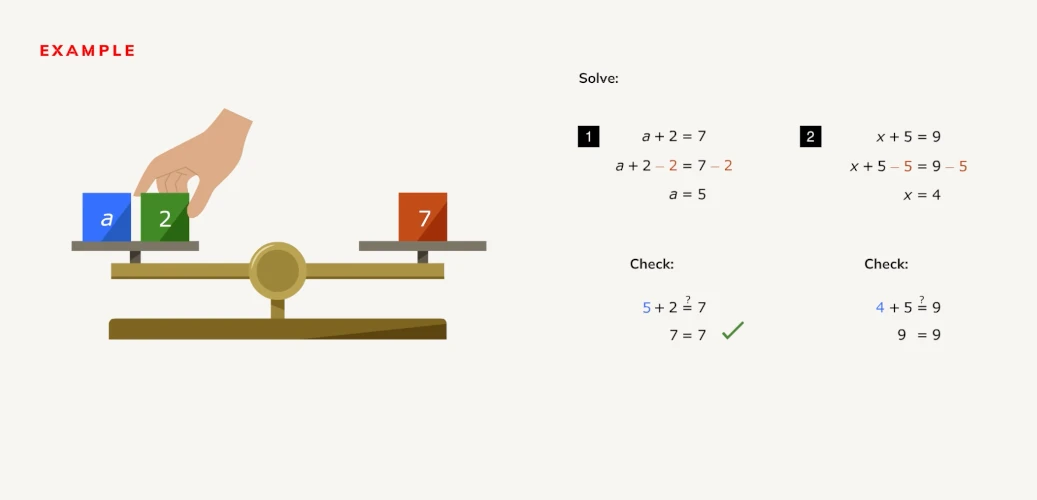
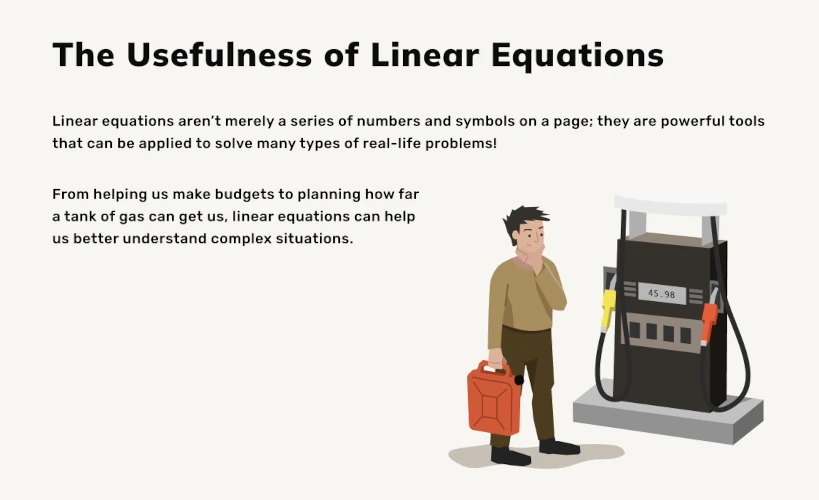
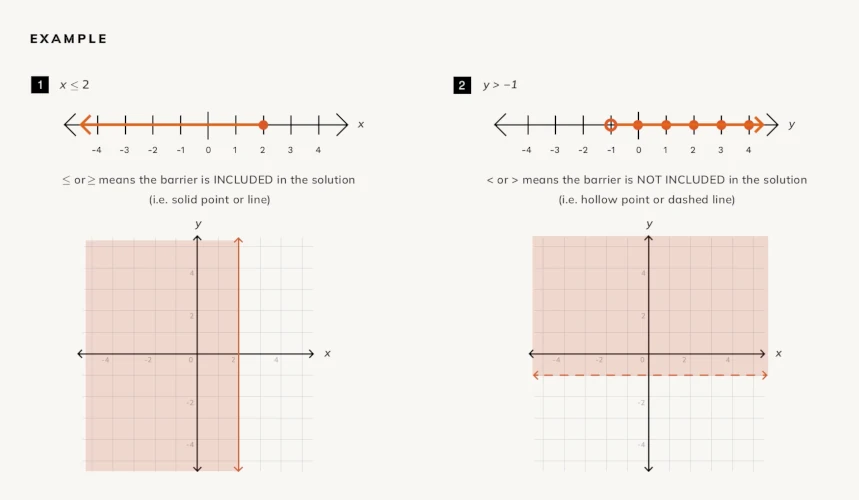
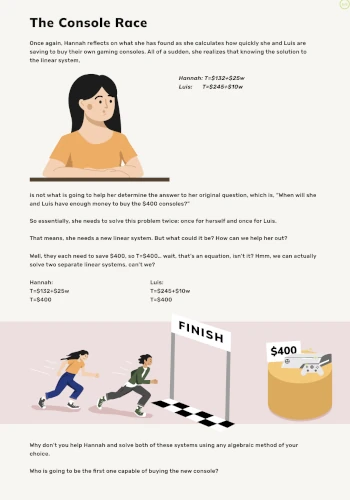
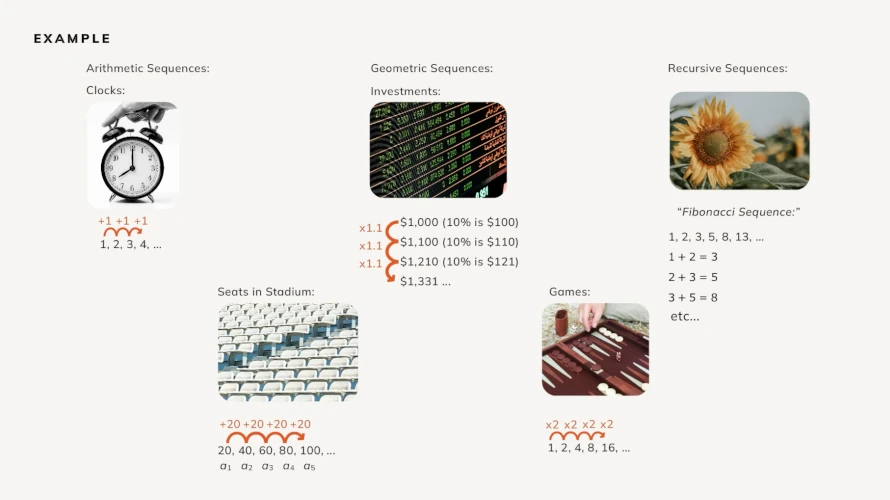
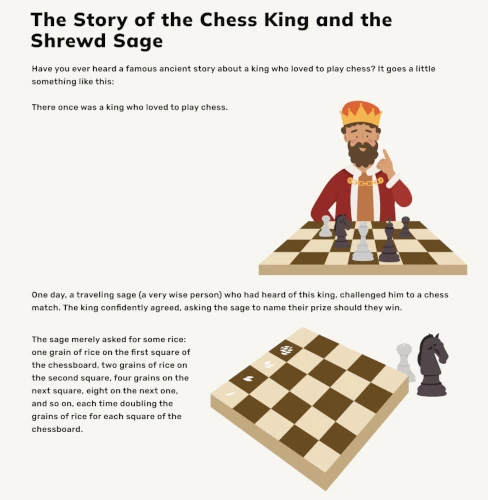
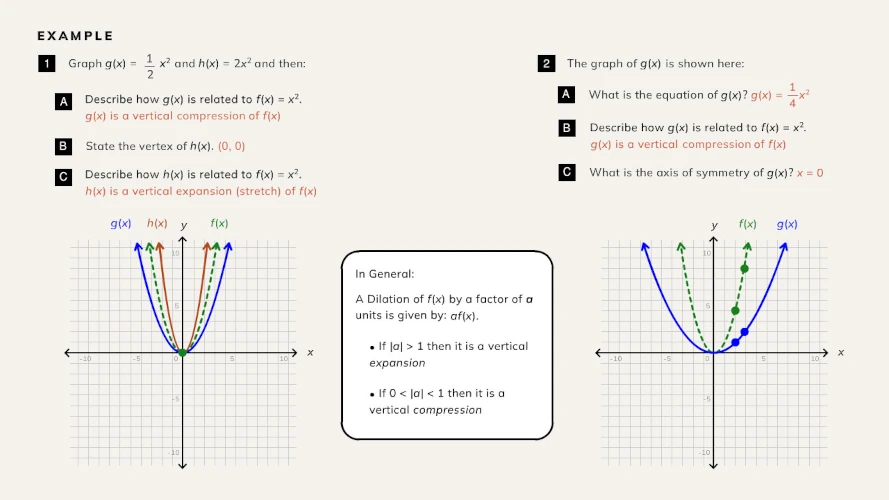

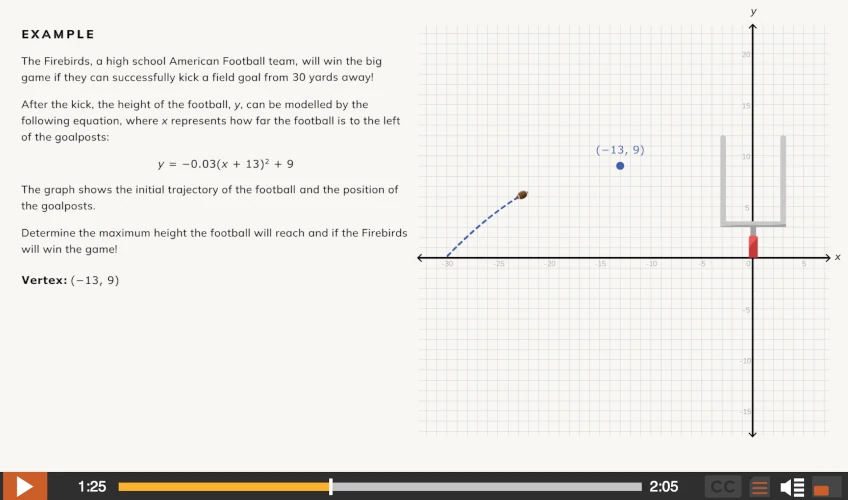
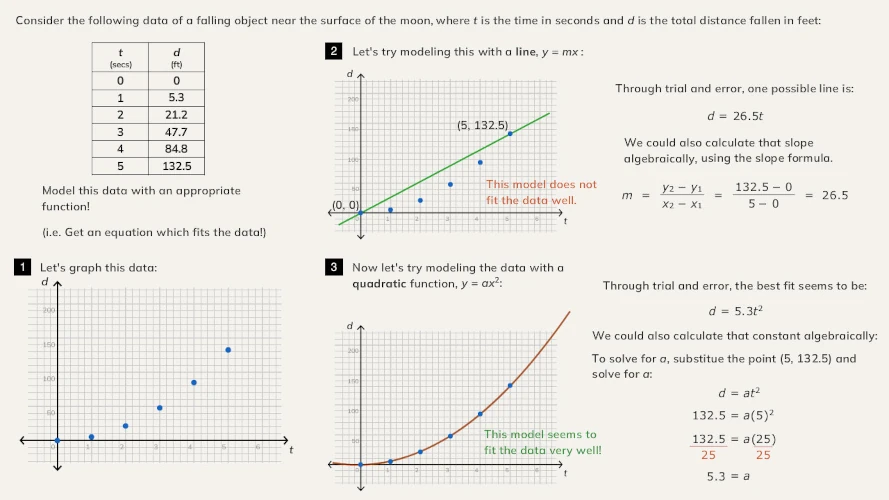










Course Features
- Does not make assumptions about students’ prior knowledge and includes significant review to ensure the success of all students
- Gamification and interactive learning components (sudoku like puzzle solving, race games, balance scales, and more)
- Applications of real-world examples are used in every lesson
- Multiple techniques are provided alongside the recommended method to encourage flexible thinking, versus memorizing algorithms, and to support different learning preferences
- Bonus content, including higher-order thinking questions and extra practice questions provided for each lesson